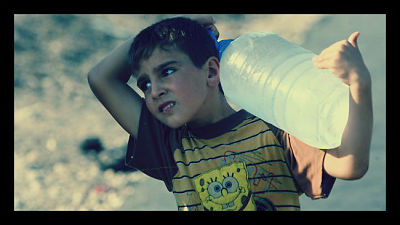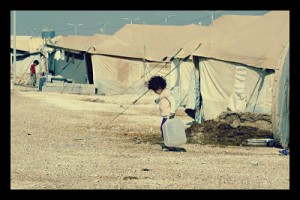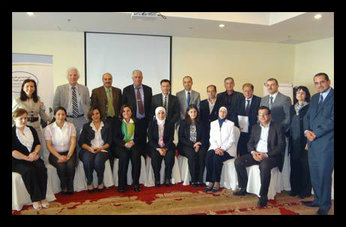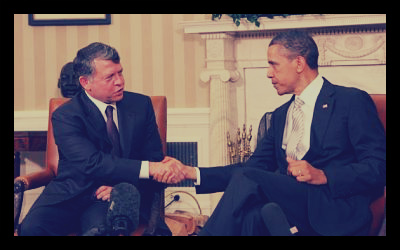
There are now over two million Syrians registered as refugees with the UNHCR. The vast majority of the refugees have fled to neighboring countries such as Lebanon and Jordan. The massive influx of people has caused tensions between the residents of the countries and refugees trying to escape conflict. Many Syrian refugees are fleeing their war torn country with little to no items, hoping to start over in a new country. Citizens in many countries have been less than welcoming to refugees due to overstretched resources and inadequate aid from other countries.
The locals have grown wary of being outnumbered by so many refugees. They are not eager to let them establish roots in an area that cannot accommodate more people staying there permanently. In addition to limited resources, there are political and ethnic sensitivities that add to the strain between residents and refugees.
Lebanon has received over 800,000 refugees as of December. Lebanon is a small country west of Syria that is roughly the size of Delaware. Resources were already stretched providing for Lebanon’s four million citizens and the past two years have brought a 20% population increase from refugees alone. In November 2013, the first refugee camp was opened on the border of Syria and Lebanon to accommodate the influx of refugees pushed out of Syria by increased fighting in the area. In the area surrounding the camp, refugees greatly outnumber the locals living in the area. In one case, an informal camp that housed seasonal Syrian migrant workers for years before the civil war, was burned to the ground.
Tensions rose when the landlords who owned the land the camp was built on, ordered the occupants to leave and gave them a 24-hour deadline. The villagers claimed refugees staying in the camp assaulted a local disabled man and returned before the 24 hours were up with Molotov cocktails, quickly igniting the camp. The mayor of the village claimed the fire started due to infighting between the residents in the camp. A local doctor concluded there was no evidence of an assault and the Syrian Opposition Coalition, working to remove Assad from office, called the eviction of the camp “inhumane and unethical.”
Jordan borders Syria to the south. Six million people live in Jordan and approximately 500,000 Syrians refugees have entered the country. Like Lebanon, resources in Jordan are already stretched thin and the massive influx of refugees is causing further strain and tension. In an interview with the New York Times, Syrian refugee Noman Sarhan said Jordanians tend to lump Syrians together into one group and blame them for many of the country’s issues. Sarhan came to Jordan 2012 and started a business in the city of Mafraq, but is still looked at as a refugee.
Many Syrian refugees entering Jordan have opted to move into cities rather than stay in camps. Moving into cities allows newcomers a better chance to get a job or establish a business similar to one they had in Syria. Syrians moving in and getting jobs starting business sometimes comes at the expense of a Jordanian, causing discord between the hosts and the refugees. Refugees and government officials fear that unless conditions drastically improve, they will continue to face hostility from residents in their host country.
– Colleen Eckvahl
Sources: New York Times, New York Times, Washington Post, Washington Post
Photo: Giphy.com




